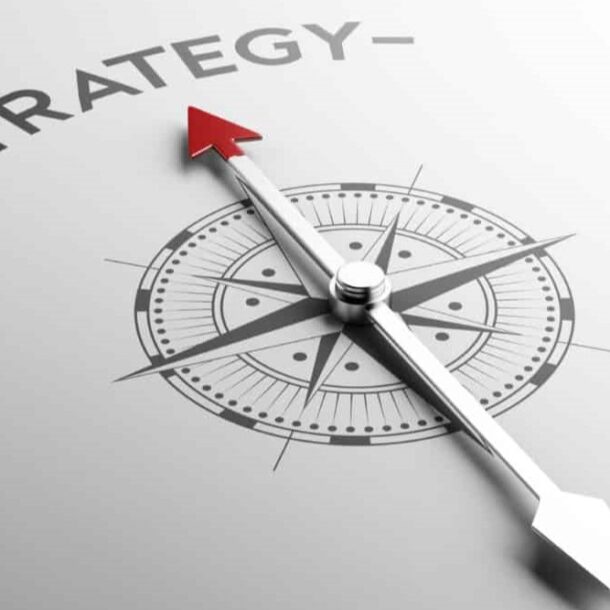
How to Become A Business Champion?
Becoming a business champion is much like preparing for an NBA championship or training to be an Olympic Athlete. All require skill, an offensive strategy, disciplined training and intense coaching. Yourdictionary.com defines a champion as a person who is the best in his field or who has defeated all rivals. A business champion overcomes obstacles and does not allow setbacks to stop him/her. They work with coaches who train and challenge them to perform at their peak potential. “In order to succeed, your desire for success should be greater than your fear of failure”.
A company’s culture is at the heart of competitive advantage, it determines how things are done and how people behave. It is the hardest thing for competitors to copy. High performers create an environment with a unique personality and soul. They have a passion for performance. They make the right decisions and maintain a high level of performance whether people are looking or not.
A true high-performance organizational culture provides a company with its greatest source of competitive advantage. The culture inspires team members to go the extra mile–to make and execute good decisions even when nobody’s looking. However, fewer than 10 percent of companies actually succeed in building a winning culture, and even the ones that do so may find it hard to maintain.
Creating and maintaining a high performance culture is challenging, but it can be done. Leadership is the most critical factor. Cultural change doesn’t happen unless leaders themselves model the behaviors and values that define the new culture. The most effective leaders communicate through constant personal contact with employees who will buy in to the culture and whose words will carry weight with others. They face the challenge of organizational changes necessary to support the new culture and rigorously track progress as the culture evolves to make sure performance stays high.
7 Steps in building a High Performance Culture:
Step 1. – Define High-Performance Culture
Step 2. – Identify Gaps Between Current & Desired Culture
Step 3. – Select, Develop, and Retain the Best People
Step 4. – Create and Modify Processes to Support the Culture
Step 5. – Communicate Effectively at All Levels
Step 6. – Design & Align Reward Systems
Step 7. – Develop Metrics to Assess Progress






